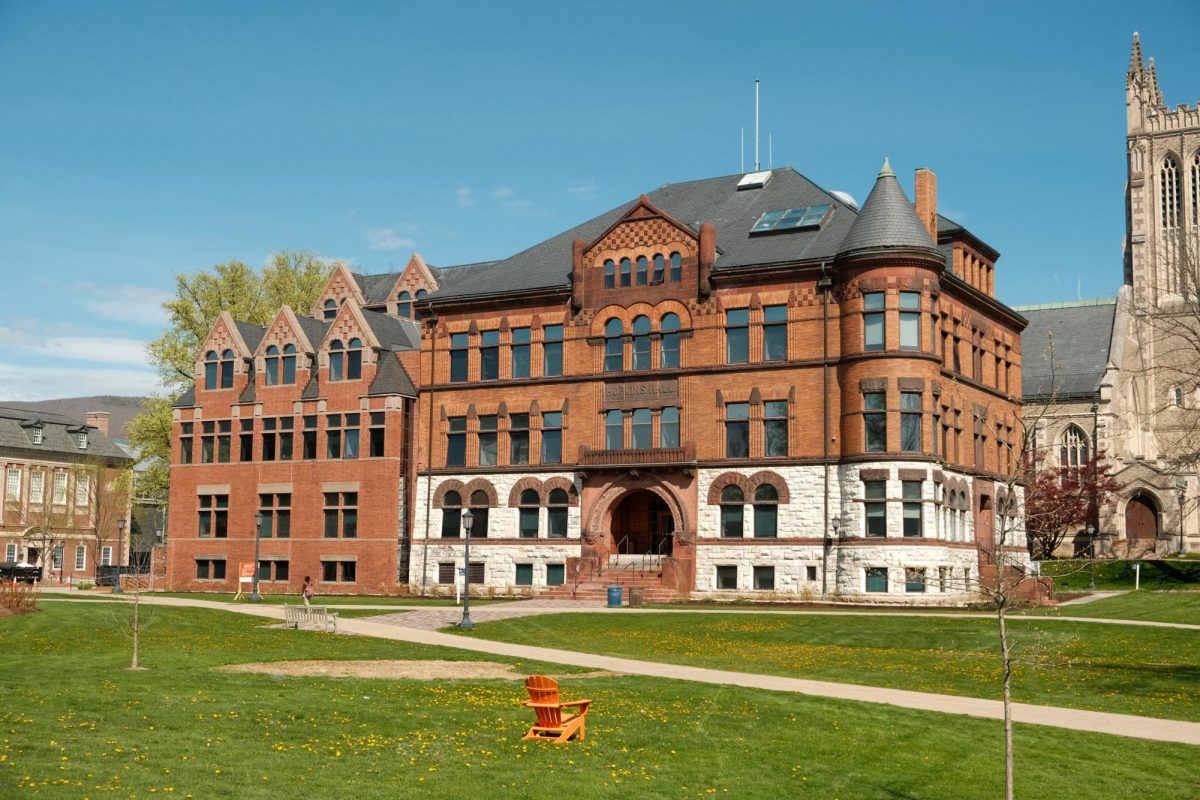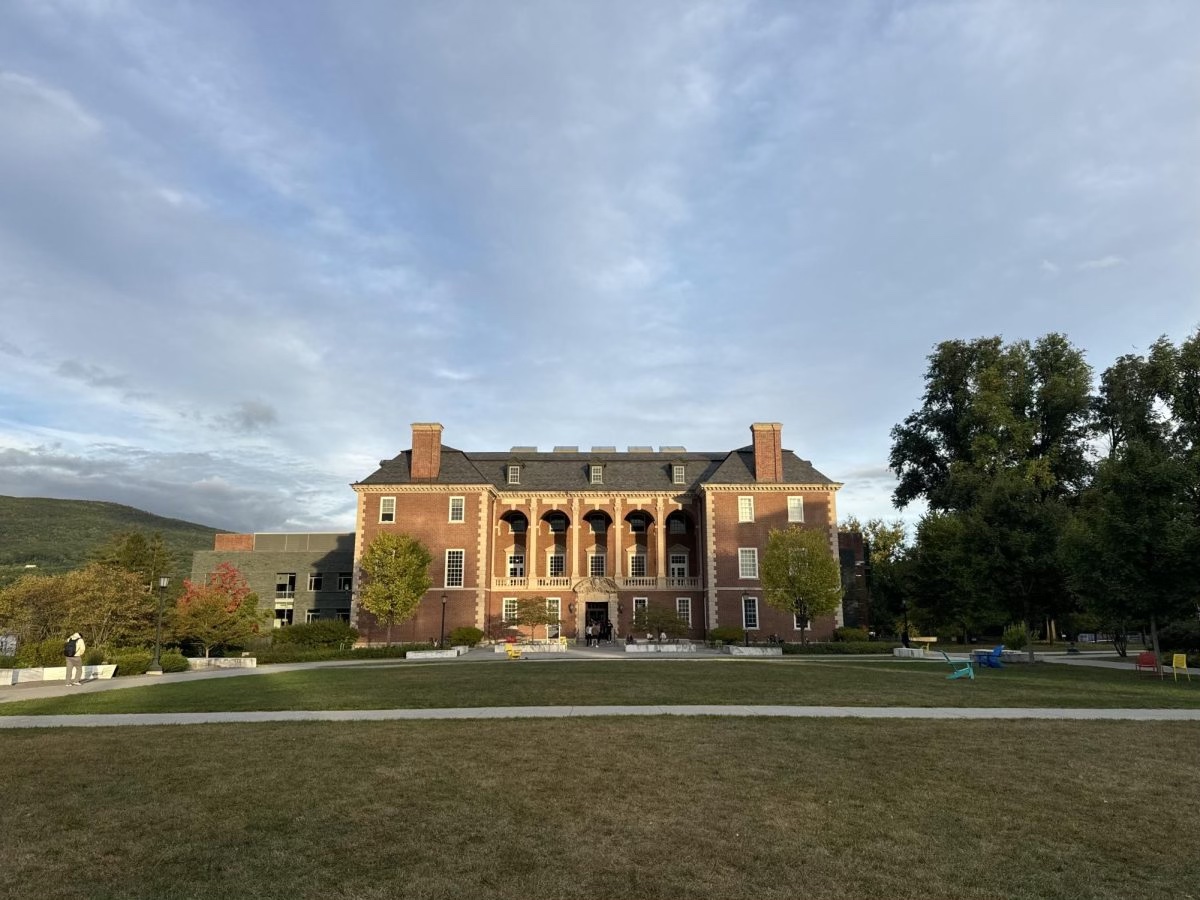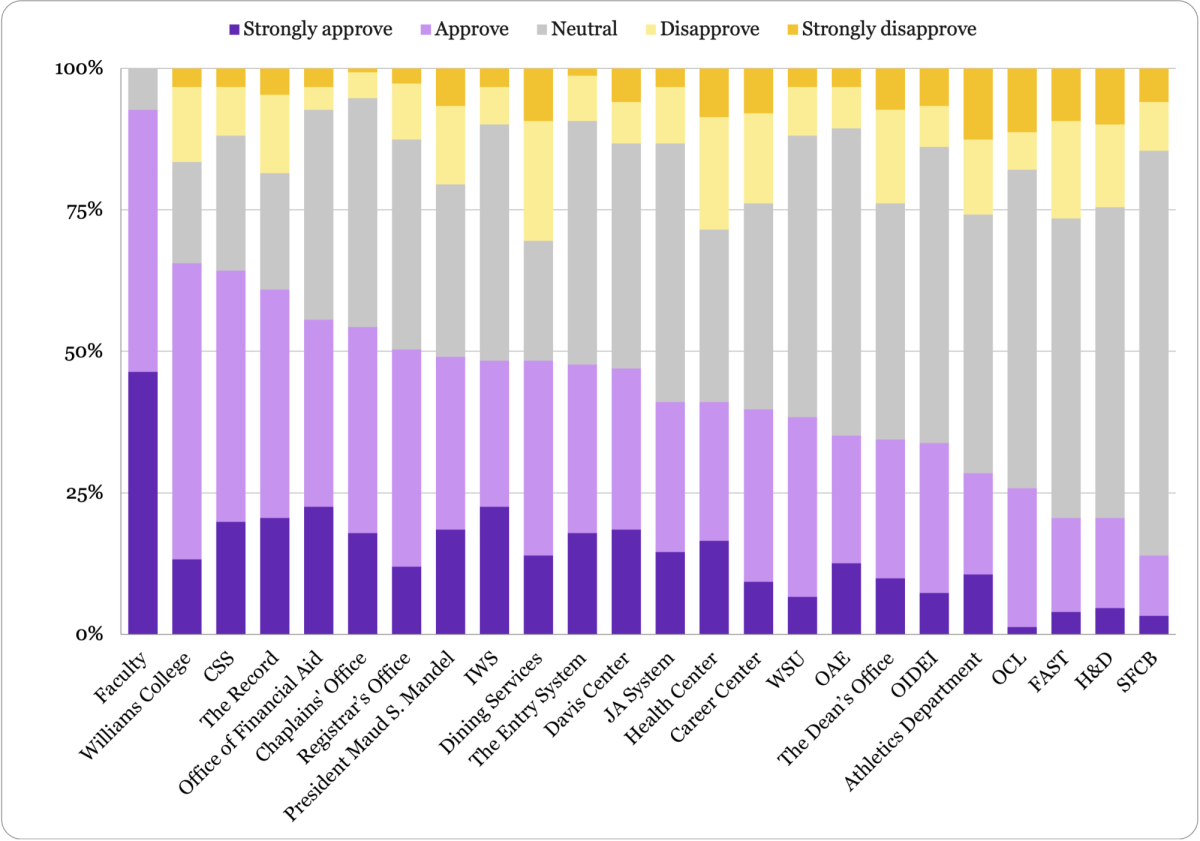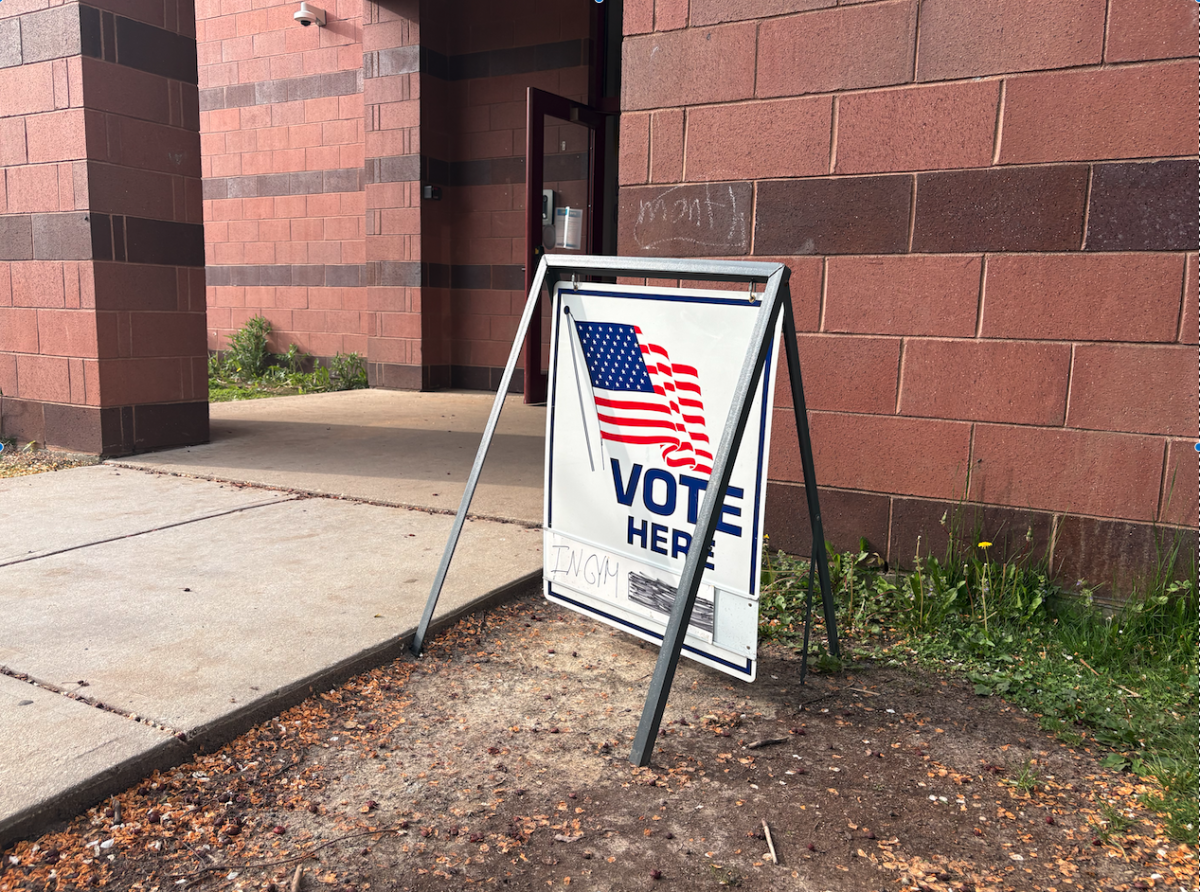Inclusivity, as discussed by a Jesuit priest
April 12, 2023
A few weeks ago, I made the last-minute decision to procrastinate on my computer science lab and attend the talk “Hinduism and Catholicism” given by Father Francis X. Clooney, S.J. It was Ash Wednesday, and Clooney was scheduled to give a sermon at Thompson Memorial Chapel. In this talk he compared the Virgin Mary to Hindu goddesses, and I found myself riveted by his story.
Clooney is a professor at the Harvard Divinity School as well as a fully-ordained Roman Catholic priest, who has been a Jesuit for more than 50 years. Over 40 years ago, after he was ordained as a priest, he traveled to Kathmandu, Nepal, to teach at a Jesuit school, which was banned from proselytizing. One day, he had his students bring in their own religious texts to class. He became fascinated with them, finding something “instinctively affirming about Hindu rituals.” The experience transformed him: “I am a better Catholic and better priest because I’ve learned from Hinduism for 50 years,” he said.
This statement was met with some raised eyebrows in the audience. We were gathered in the Thompson basement, and there was a remarkable split between students at the College and Town residents in the audience, many of whom were around Clooney’s age. There were a few academic questions from the students, before one younger Town resident raised his hand to say something to this effect: Don’t you think that Christ would have wanted the end destination of Hindus to be Christianity? For them to keep their culture but to accept Christ as their savior?
As a Hindu sitting not five feet from him, I felt distinctly uncomfortable. But I was also curious: In my sheltered and mostly secular life, I rarely ever encounter such candor. Clooney’s response made me rethink what I previously thought about inclusivity.
He seemed to have had experience with this line of questioning. Clooney repudiated the “old-fashioned” attitude to “preserve the culture and change the faith.” In a calm yet rather direct fashion, he said that “the otherizing that objectifies and cuts apart other cultures is demeaning and reductive, and not a particularly effective way of teaching the gospels. Encountering someone as a person means interacting with their faith.”
As I stayed back afterwards to ask Clooney some follow-up questions, I began to think: Does this “otherizing,” this “cutting apart” of other people and their beliefs, happen only in religious contexts? I was reminded of statements such as “separate the art from the artist,” or even “other than their political/religious/scientological views…” This unwillingness to interact with the other person, to separate out and edit the parts of them that are inconvenient or incompatible with us, doesn’t seem unique to religion.
In Diversity, Equity and Inclusion training, we are often taught how to mitigate or handle potential cultural or personal conflicts, which is certainly important. However, we are not necessarily taught to engage with, rather than turn away from, ideas that potentially challenge our framework of thinking. Of course, this should not extend to ideas that are harmful and offensive — but not every idea that fundamentally challenges us is inherently bad.
During First Days, various organizational equity meetings, and other such events at the College, one principle that is often given the most weight is an intolerance for intolerance. Creating safe spaces should absolutely be a priority for every group or organization, and for the most part this is done well at the College. However, often this can lead to a certain amount of ideological conformity. While it is critical that everyone acts in a kind, respectful, and sensitive manner, it is not necessary that everybody’s views face no contest.
There may also be value in teaching students to engage with contradictory perspectives with curiosity and courtesy, in addition to mitigating potential conflicts. The instinct to cut out certain perspectives from these spaces is understandable, but often not particularly effective. Sincere and respectful dialogue — which is a teachable skill — can be far more productive.
Clooney’s curiosity for a culture and tradition that stood at odds with his own faith is a lesson for us all. This seems to me the essence of inclusivity: to draw connections and honor differences, but most of all, to embrace the whole person or culture around us — not just the parts we understand.
“I don’t ask you to get involved in the interreligious space,” he said. “But if you do, use your whole heart and mind.” This is a choice we can make every day, no matter which space we are in.
Maya Prakash ’26 is from Singapore and India, and she is an opinions editor for the Record editorial board.








